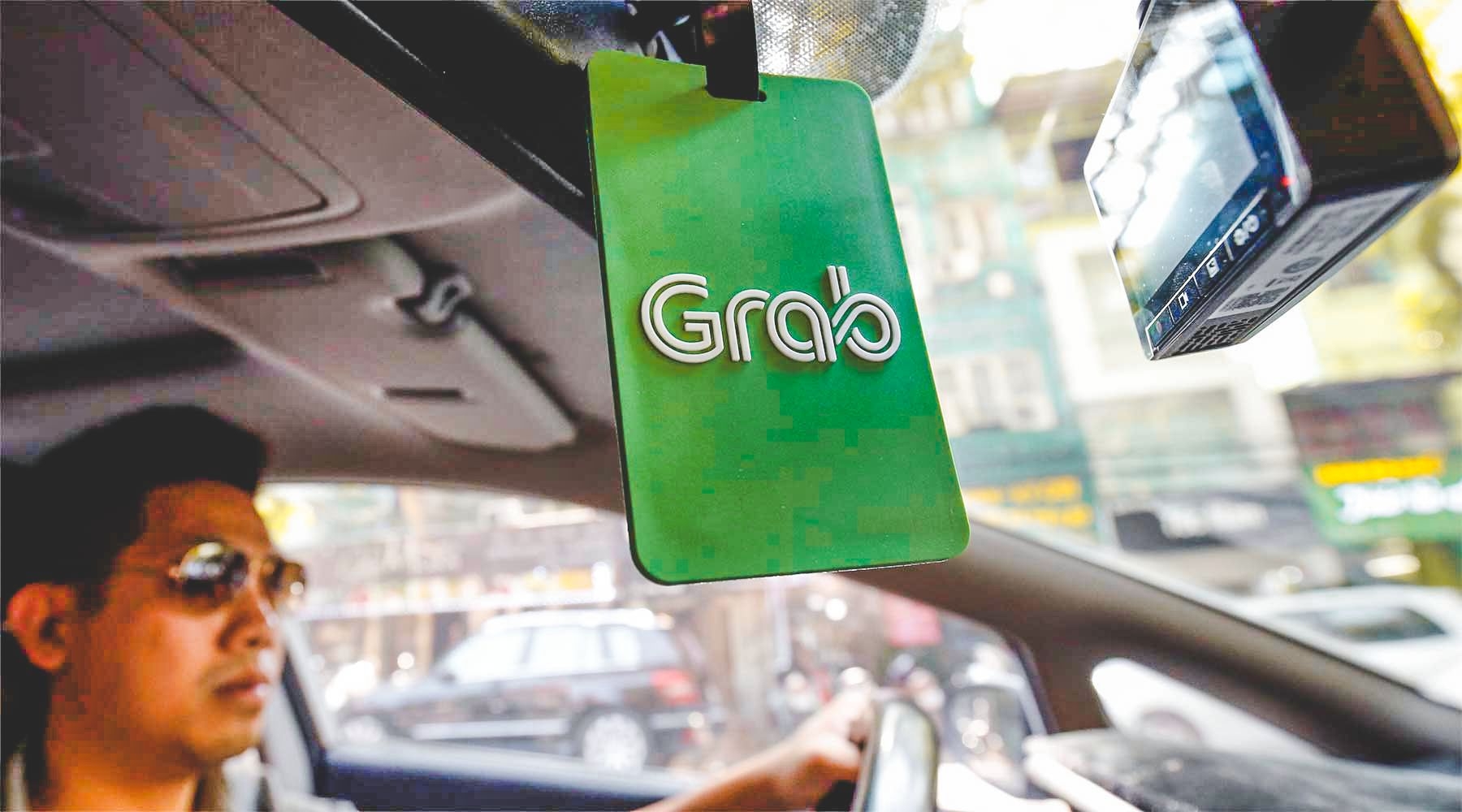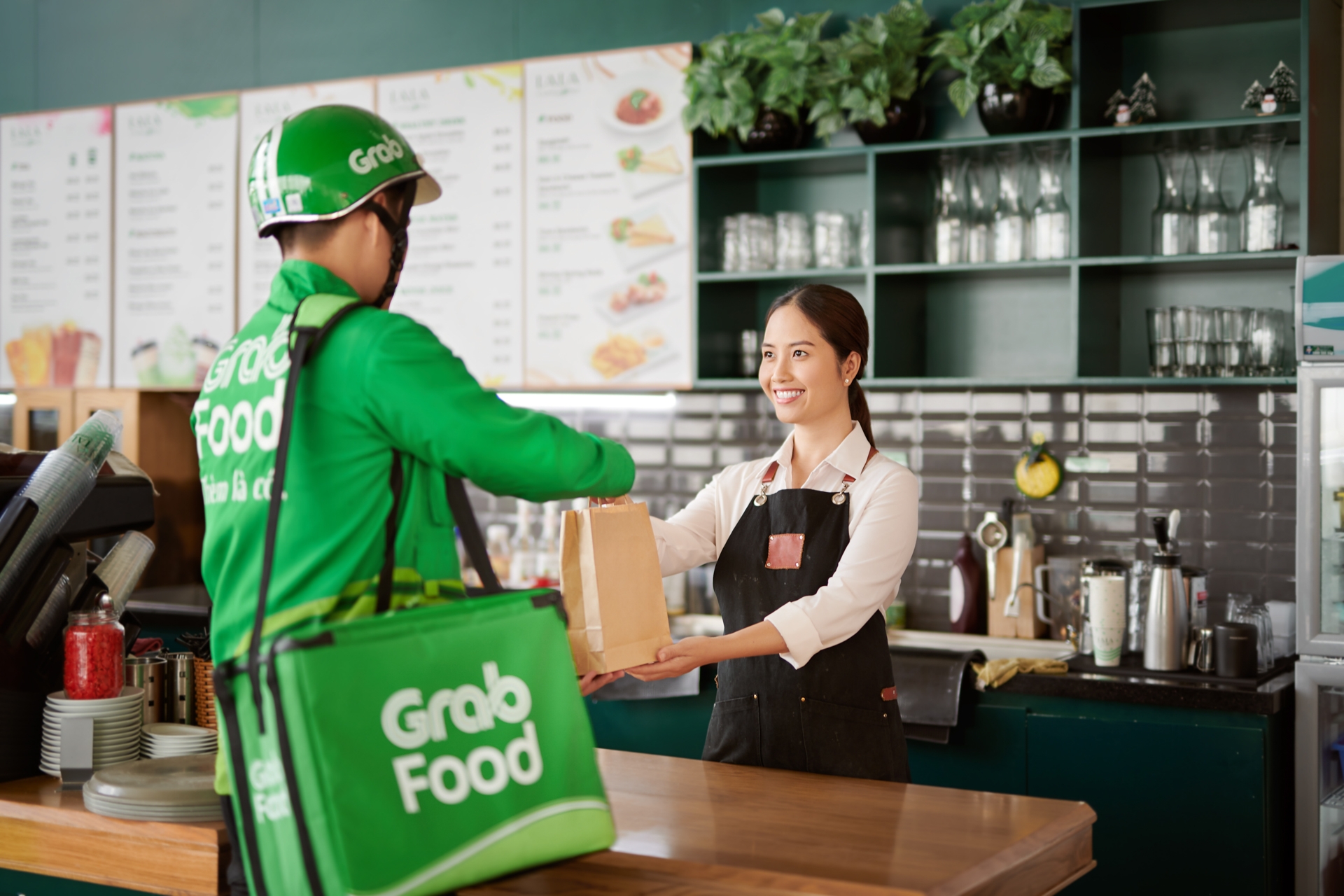Grab's fintech platform supports SMEs in digital market
 |
| Grab is in favour of traditional taxis to assist drivers and attract customers |
The raise of digital economy has brought about considerable opportunities and huge challenges. Small- and medium-sized enterprises (SMEs) are now in a tough competition to survive, which forces them to push the envelope in developing and cultivating their personal brands.
In addition, large institutions are looking for mergers and acquisitions opportunities to expand their scope of business. In that context, high-tech and innovative companies with extensive data can easily spot chances to scale up and stay full strength.
According to statistics of Tech in Asia, the total value of capital into startups in Southeast Asia rose by more than $2.6 billion. Particularly, Vietnam with its young, open-minded, and free-hearted population is a promising market for fintech companies.
In the digital market, SMEs not only have a chance to grow, they can also connect with other fintech platforms. One tech giant in this sector worth noting is Grab, which has been present in the Vietnamese ride-hailing technology market since the very first times when this new mode of transport was put into pilot operation. The new model allows drivers to draw up contracts via the internet. In this budding new line of business, Grab takes an important role in helping SMEs and traditional co-operatives generate greater profit. The plan does not only benefit enterprises or co-operatives, it also lends a sense of freedom for drivers. To date, Grab has supported hundreds of thousands of driver-partners better their livelihoods, with accumulated earnings of nearly $1 billion.
More than four years since setting up pilot operations, Grab has joined forces with an estimated 300 transport co-operatives in five provinces and cities. Those who have participated in the programme claim that the contract is a win-win situation for both sides. When M&A are warming up, SMEs taking advantage of its strong technology foundation will relieve anxiety about being eliminated.
In this case, Nguyen Hong Minh, director of Taxi Nguyen Minh in Hanoi revealed: “We admit that it is not easy for us to accept Grab in ride-hailing market. Originally, we were against them because from our viewpoint, it is unfair that traditional taxi firms were bound by policies, while ride-hailing services using mobile apps were not. Afterwards, we gradually recognised and understood customer demand and decided to work side by side with the company. We have been co-operating with each other for more than five years. Now we say that Grab supports and strengthens SMEs.”
Minh added that since joining hands with Grab, the revenue of the co-operative has gone up and the number of passengers has increased by 30 per cent each year. What is worth mentioning is that Grab helps traditional taxi drivers access more passengers.
 |
| GrabFood connects and supports SMEs in food delivery |
Grab has been the first and foremost ride-hailing app in the Vietnamese market so far. Besides the role of transport mediator, fintech companies like Grab or Go-Viet have also broken into food delivery, which has partly improved the cashless economy in Vietnam.
A report from Grab states that the company has stayed stable since 2015, with the total number of trips ascending by around 29 per cent in 2019. Remarkably, Grabfood was the most notable business line, with the number of contracts up to 1,800 per cent.
In the food sector, Grab Kitchen has encouraged people from all walks of life to join and use the Grab platform to approach customers, on an even footing with big companies. The platform allows SMEs to drum up business and make the most of their income.
In its long-term strategy, the super app will invest $500 million in the Vietnamese startup ecosystem in the next five years. With its cutting-edge technology, the digitisation trend, as well as aid from investment funds, Grab will nurture and support promising Vietnamese startups in their journey to become national champions in Vietnam’s tech startup ecosystem, in line with the government’s national strategy to create 10 technology unicorns by 2030.
In the technology race, amid the growth of large institutions, tech-based SMEs can forge their own path in digital market, provided that they go along with the government in developing the country to reach the Fourth Industrial Revolution.
What the stars mean:
★ Poor ★ ★ Promising ★★★ Good ★★★★ Very good ★★★★★ Exceptional
Related Contents
Latest News
More News
- Government moves to establish International Financial Centre (December 21, 2025 | 21:00)
- Vietnam's IFC to target global investment flows (December 21, 2025 | 18:00)
- Two national hospitals expand capacity with new facilities (December 20, 2025 | 09:00)
- Ha Tinh breaks ground on major Vingroup industrial and energy projects (December 19, 2025 | 18:24)
- EVN launches major power infrastructure projects nationwide (December 19, 2025 | 18:17)
- VAL inaugurates second production line to meet domestic animal feed demand (December 19, 2025 | 16:37)
- Sun Group pioneers urban tram system in Phu Quoc (December 19, 2025 | 15:00)
- Seven major projects launched to drive Hanoi’s next growth phase (December 19, 2025 | 14:00)
- Securing capital and efficiency for Vietnam’s 2026-2030 growth ambitions (December 17, 2025 | 10:00)
- Vietnam bucking trend in the global M&A landscape (December 16, 2025 | 14:20)

 Tag:
Tag:




















 Mobile Version
Mobile Version